Hubble Space Telescope (HST) has been capturing beautiful scenery for more than 30 years from outer space. His photos of star-studded galaxies have graced the computer screens and walls of astronomers, adding a touch of film realism sci-fi.
Hubble has been observing the universe and everything in it since its launch using the space shuttle Discovery on April 24, 1990. We are gaining many new insights into the universe’s 13 billion-year past. Thanks to this telescope, too, we can finally see the appearance of supermassive black holes and planets that are not yet known to man.
Once into retirement in about four more years, Hubble’s work will be taken over by the James Webb Space Telescope NASA, which is already in orbit 1.5 million kilometers away from Earth. The new telescope is scheduled to send its first photos next summer.
In memory of Hubble’s service, VICE asked staff European Space Agency (ESA) showed us their favorite telescope shots and why.
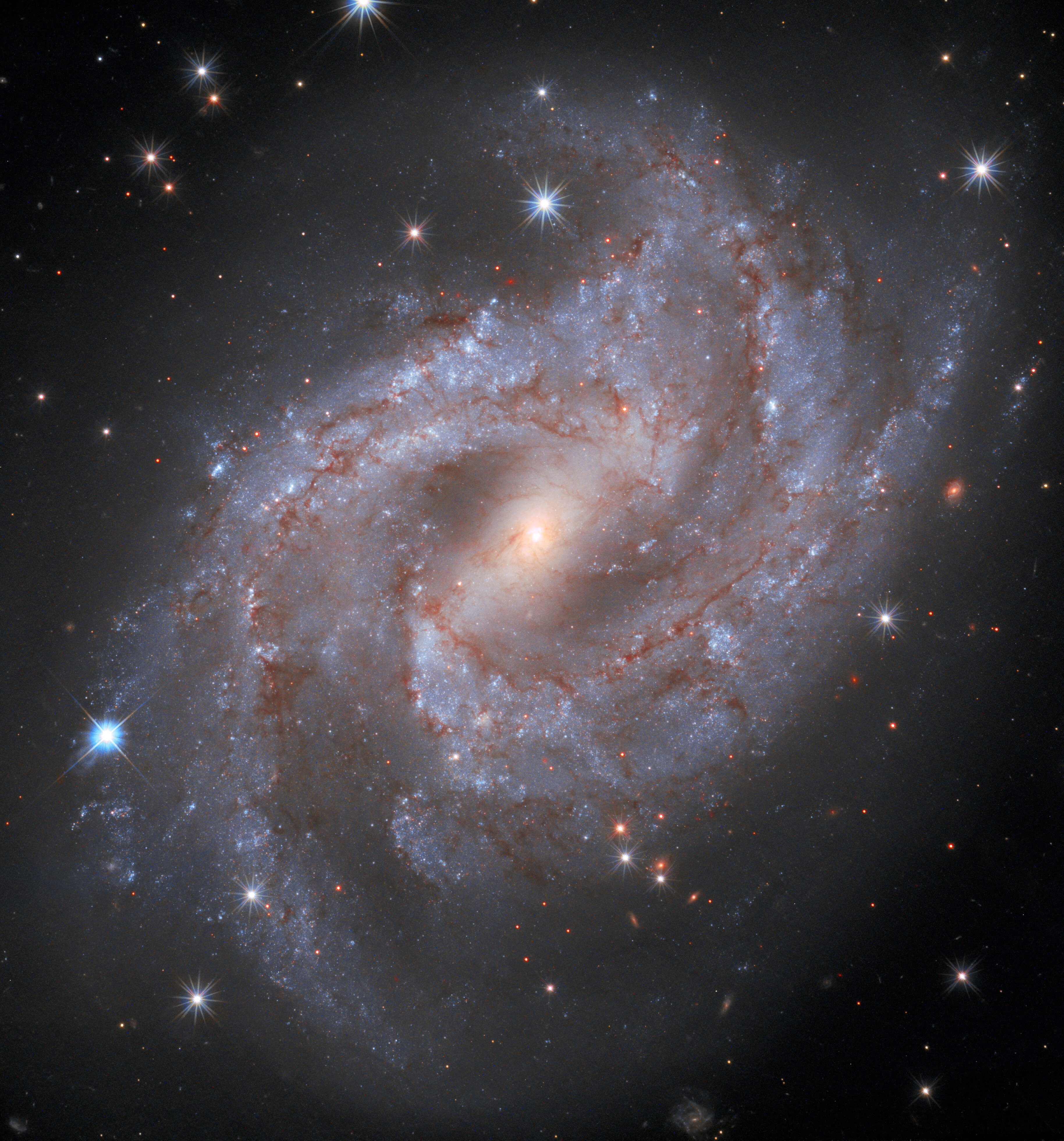
Galaksi NGC 2525. Foto: ESA/Hubble & NASA, A. Riess and the Shoes Team
–
‘We can know the nature of the universe thanks to the Hubble mission’
As a child, I used to cut out the Hubble calendar and paste beautiful photos universe on the wall of the room. Now I’m in charge of showing these photos to the public. I chose the photo of NGC 2525 because there are hidden facts that few people know about this galaxy. Located 70 million light years from Earth, this galaxy forms part of a constellation called Puppis which has supermassive black hole in the middle.
In this photo, you can see the dot shining brightly around the outer left spiral. This is the original supernova which Hubble caught on clearly. HST’s observations of NGC 2525 became one of the main investigations measuring the expansion rate of the universe. We were able to find out the nature of the universe thanks to the Hubble mission. – Bethany Downer, head of communications at ESA/Hubble.
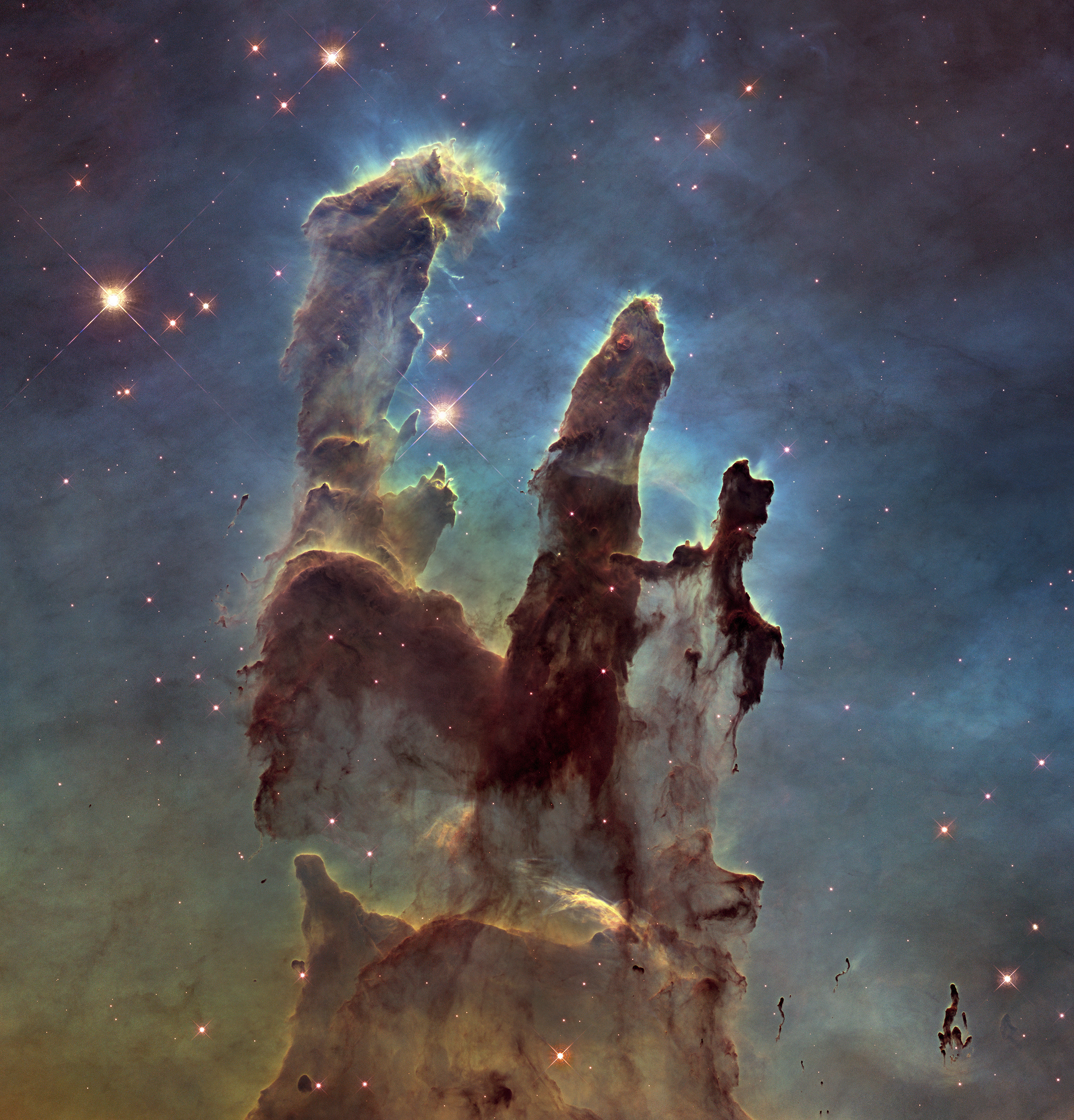

Pillars of Creation | Foto: NASA, ESA/Hubble dan Hubble Heritage Team
–
‘This photo always reminds me that nature actually provides endless inspiration for artists’
As a person in the arts and sciences, I often pay attention to which astronomical photos inspire the artist the most. And it seems that Hubble’s iconic “Pillars of Creation” photo is often the inspiration for artists around the world.
This photo always reminds me that nature actually gives artists endless inspiration in their work. The night sky is one of them. – Mahdi Zamani, ESA/Hubble image editor and astronomy visualization metadata specialist
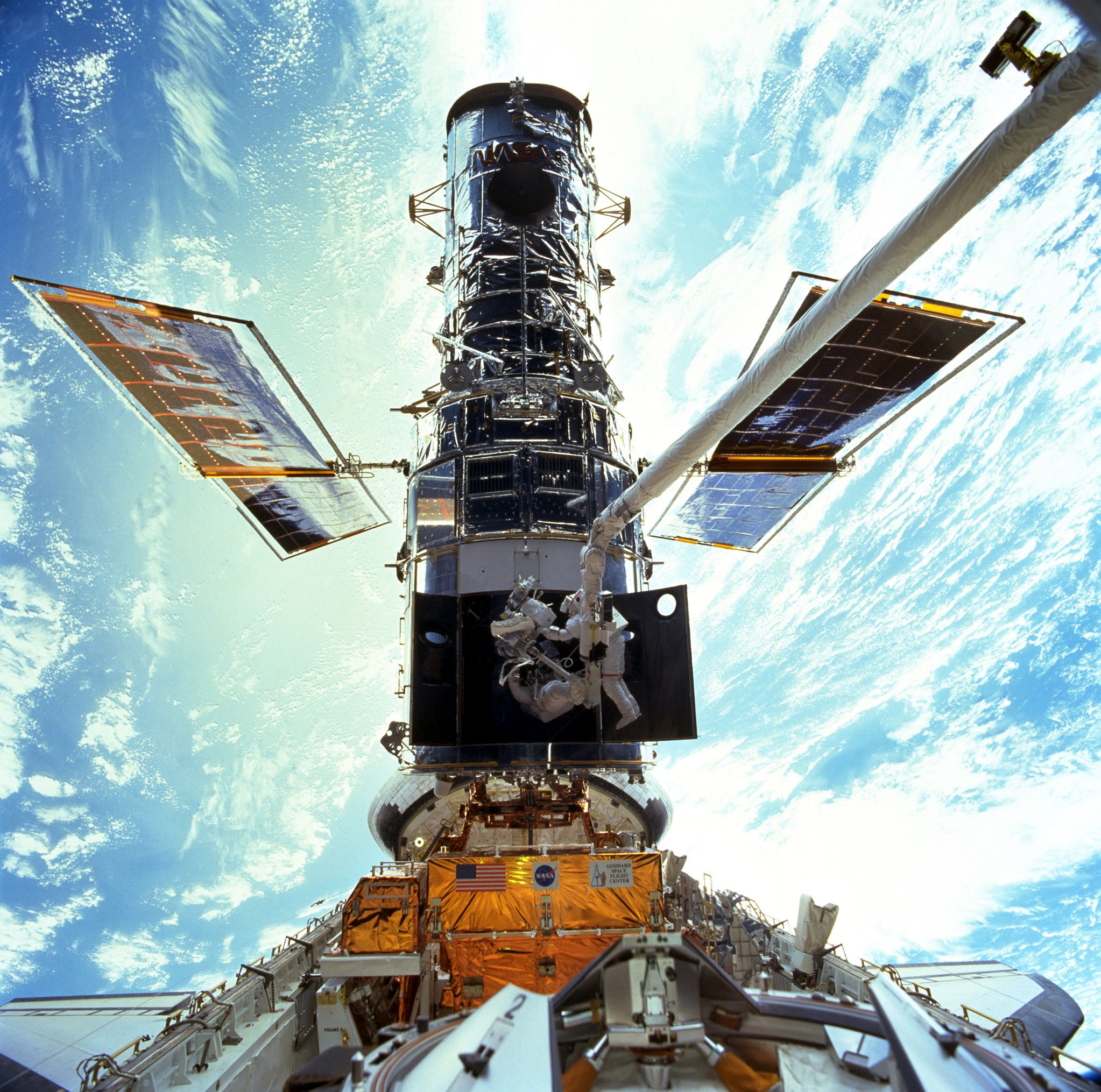

Astronauts Steven L. Smith and John M. Grunsfeld check the condition of the SM3A | . telescope Photo: NASA/ESA
–
‘Some instruments have entered the third generation’
I chose this photo because it highlights why Hubble has been at the forefront of astronomy for the past 32 years. Astronaut NASA routinely check the condition of Hubble during orbit. They diligently replace the telescope instrument with a more sophisticated version. Some of its instruments, such as the Wide Field Camera, have entered their third generation. – Calum Spring-Turner, staff writer ESA/Hubble
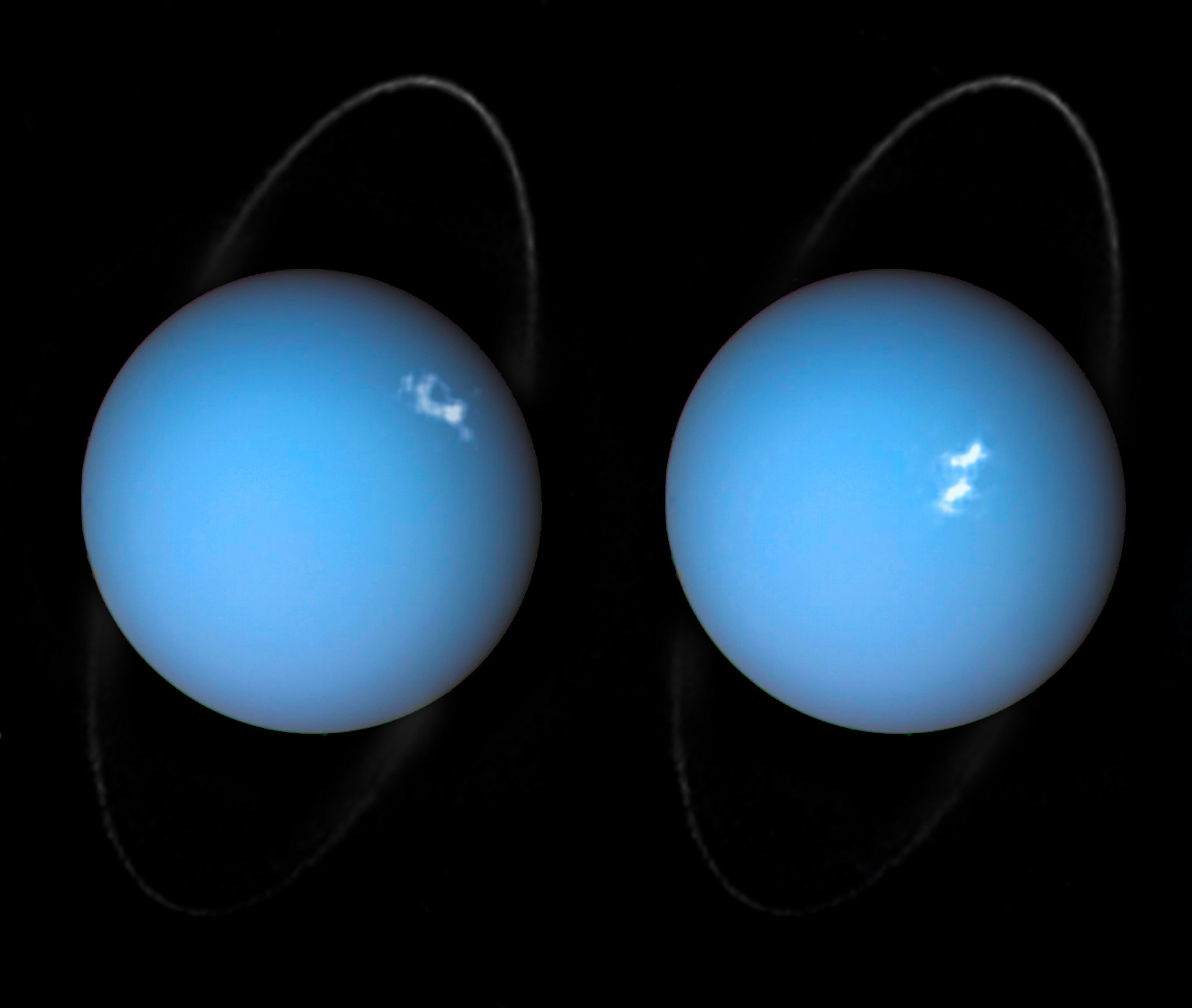

The planet Uranus is nicknamed the Ice Giant. Photo: ESA/Hubble & NASA, L. Lamy/Observatoire De Paris
–
‘We can detect weather patterns in real time!’
I really like this composite image of the planet Uranus. First, the photo shows the aurora [cahaya utara] Uranus moves as the planet rotates. The photo also reveals two little-known facts about Uranus — the planet rotates on its side and has its own rings.
For people who study exoplanet [planet di luar tata surya] Like me, the most interesting thing about planets is that we can observe them in as much detail as possible. We can even understand weather patterns and phenomena such as the aurora in real time. This is especially interesting, considering how long the astronomical time scale is. – Eleanor Spring, staff writer ESA/Hubble
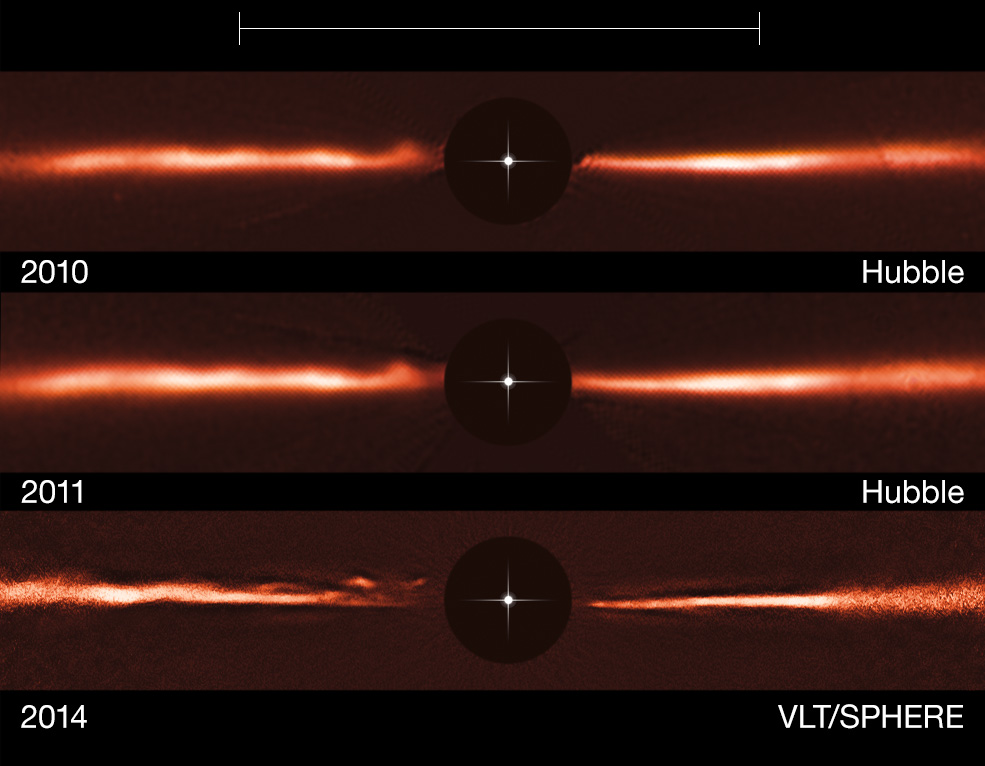

A mysterious dust wave surrounding the star AU Microscopy. The bright starlight shows the surroundings. Photo: ESO, NASA & ESA
–
‘The instrument that took these photos has been on Hubble for 20 years’
It’s a detailed map showing changes in the entire planetary system over time. These photos show waves of dust being blown all the way to the outer part of the planetary system. I don’t know why this could happen.
The instrument that took these photos has been onboard for 20 years at Hubble, but it can still provide useful information such as the much more sophisticated and modern coronagraph that is used. Very Big Telescope in the Atacama Desert, Chile. – John Debes, ESA-AURA astronomer
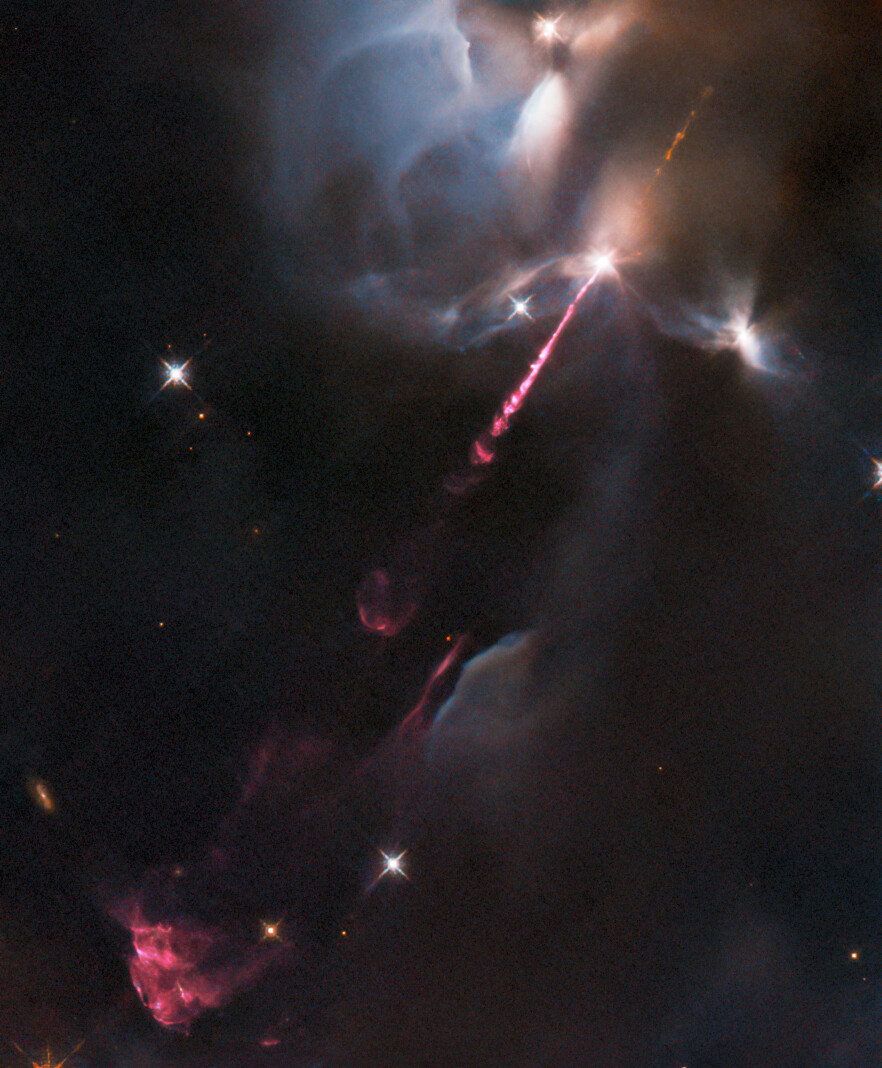

The gas released by the young star. Photo: ESA/Hubble & NASA, B. Nisini
–
‘I can go back to old photos and see how big a change it’s been’
This photo really stands out for me. First, there are many elements that make a photo so unique: bright stars, nebulae (thin clouds of gas and dust), light, shadow and colour.
This is a photo of the latest gas burst that we created. Thanks to Hubble’s ability to capture incredible detail and our hard work in producing it, I was able to revisit old photos and see how much of a difference it had made. This is very rare. – Owen Higgins, ESA/Hubble intern
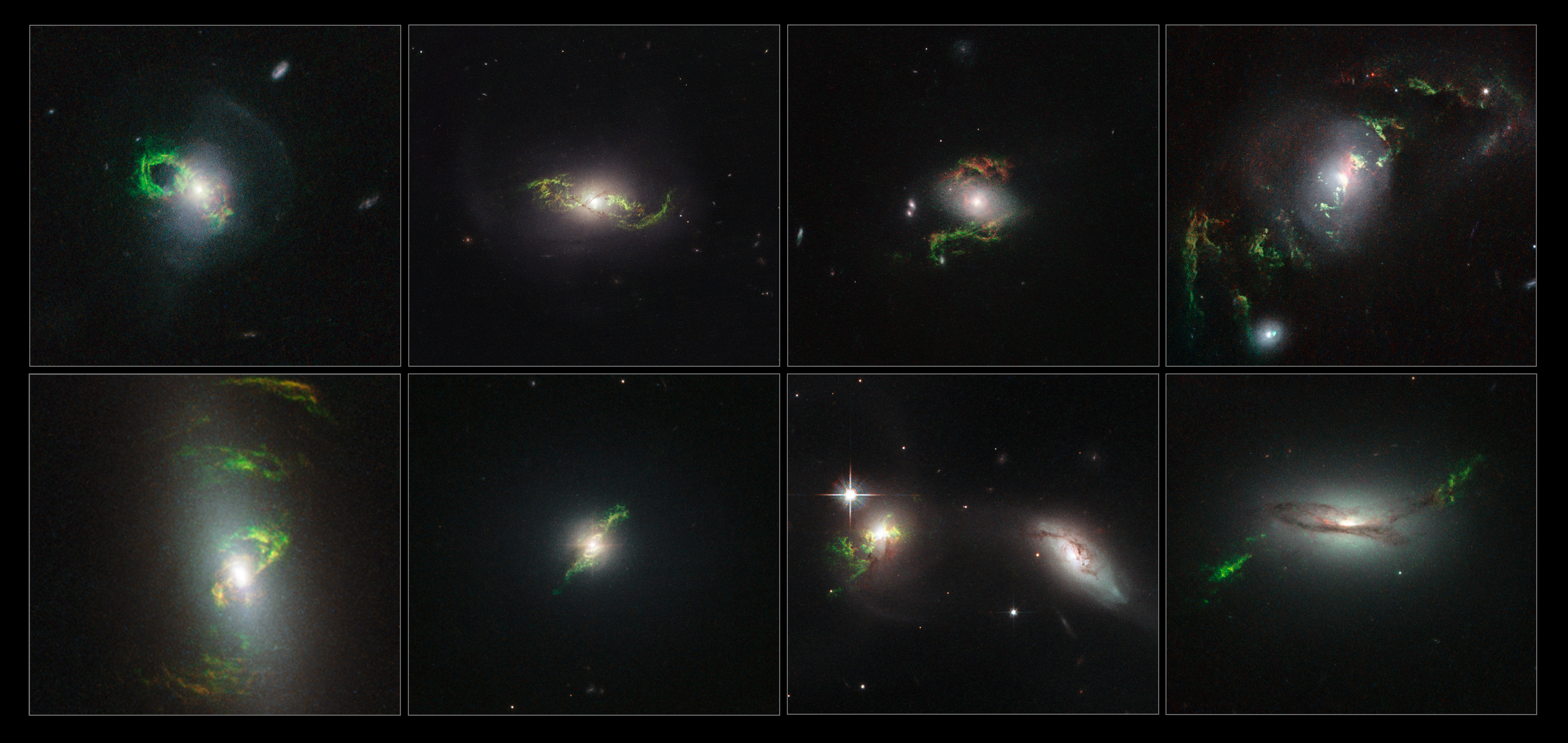

A green nebula called Voorwerp echoes quasar activity at the galactic center. Photo: NASA, ESA, Galaxy Zoo Team and W. Keel (University of Alabama, USA)
–
‘How amazing to see the capabilities of such a solid object in its parent’
Object is an astronomical scenario, in which an active supermassive black hole at its center is “dead” or immobile. It creates a quasar ionization echo.
In my opinion, these photos provide the best visualization of the three-dimensional distribution of the ionized gas structure that illuminates the host galaxy. How amazing to see the capabilities of such a solid object in its parent. – Travis Fischer, ESA-AURA astronomer
This article first appeared on VICE Germany.
–

